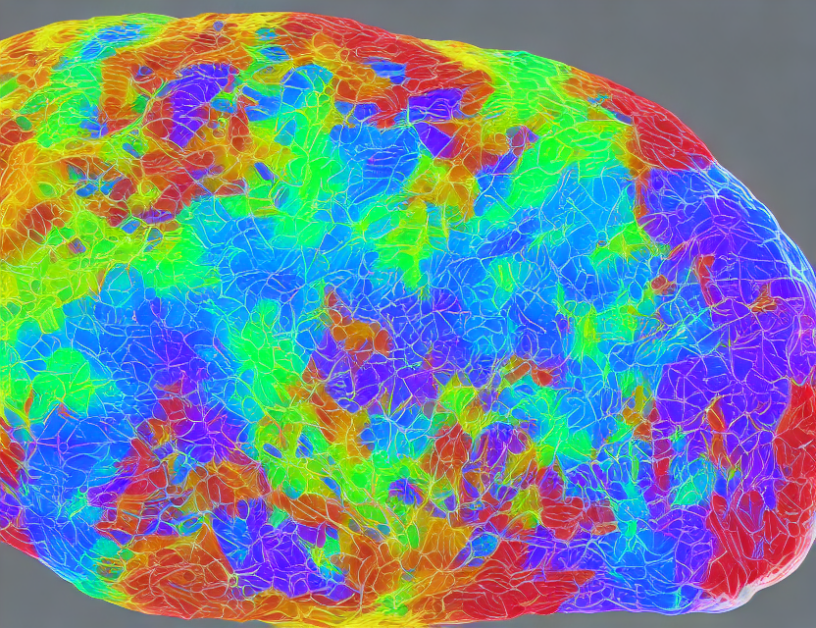Diffusion MRI is a powerful tool for studying the brain, but it can be challenging to accurately measure the structure of white matter fibers. Deep learning algorithms have shown promise in improving these measurements, but there are many factors that can affect their accuracy. This study compares two common deep learning approaches for fiber quantification: fine-tuning and multi-modal harmonization.
Methods
The study used a dataset of diffusion MRI scans from 100 children aged 4-18 years, divided into cross-age and cross-site sets. The models were trained on these datasets and their performance was compared in terms of accuracy and computational efficiency.
Results
The results showed that both fine-tuning and multi-modal harmonization strategies improved the accuracy of fiber quantification compared to traditional methods. However, the fine-tuning approach outperformed the multi-modal harmonization approach in terms of accuracy, particularly for cross-age comparisons. The study also found that the age difference between the groups had a significant impact on the performance of the models, with younger children requiring more accurate modeling.
Discussion
This study demonstrates that even a small number of diffusion MRI samples can be used to train deep learning models for fiber quantification in pediatric populations. The findings highlight the importance of tailoring these models to account for the unique developmental stages of pediatric populations. The results also suggest that fine-tuning is a more accurate approach than multi-modal harmonization, particularly for cross-age comparisons.
Conclusion
In conclusion, this study compares two deep learning approaches for fiber quantification in diffusion MRI: fine-tuning and multi-modal harmonization. The results show that both strategies improve the accuracy of fiber quantification compared to traditional methods, but the fine-tuning approach outperforms the multi-modal harmonization approach in terms of accuracy, particularly for cross-age comparisons. These findings have important implications for the accurate measurement of white matter fibers in pediatric populations and highlight the importance of tailoring deep learning models to account for their unique developmental stages.



